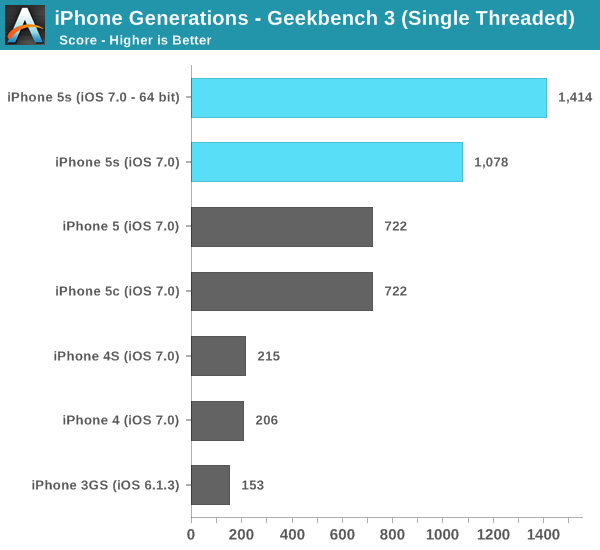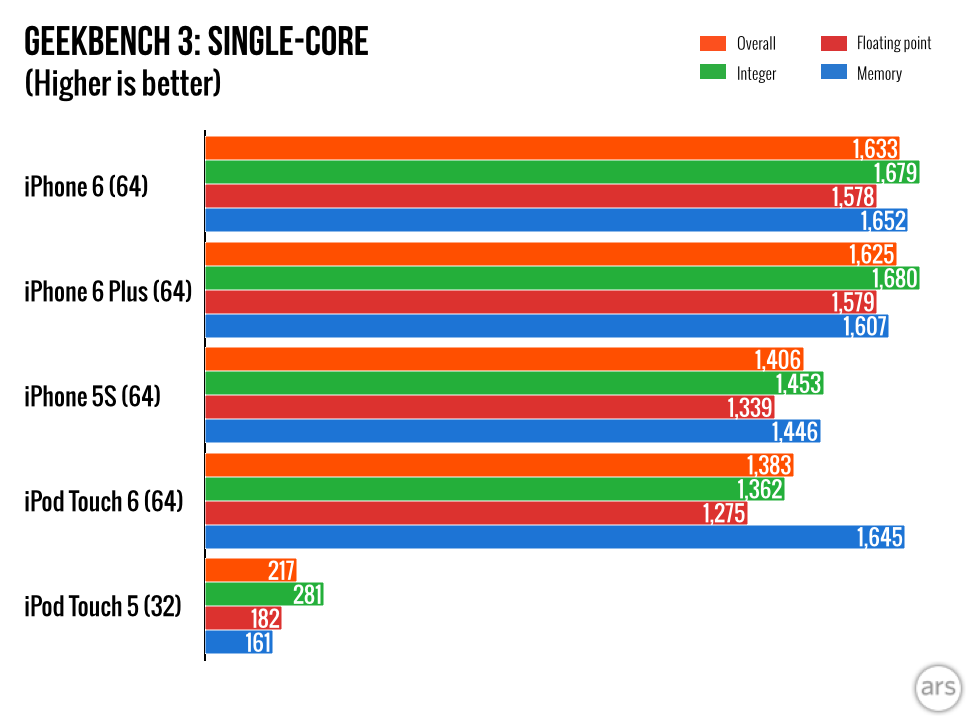Backwards compatibility is definitely going. Iwata confirmed it himself when he was talking about supporting Wii U and 3DS after NX launched, as he said that NX will be "starting from zero". It's a clean break from the previous two generations, though it's a shame it won't have the same luxury DS did of having two game slots and easy backwards compatibility with GBA.
Faster than Vita. A lot more faster than 3DS.
I'd say 10 to 50% faster than Vita depending on situation and easily 10 times over 3DS.
That's pretty disappointing when Apple's
Cyclone Cores in the near-two year old iPhone 5s saw a 500-700% leap over Vita in single threaded benchmarks
(Vita = iPhone 4s): both utilise ARM Cortex A8 cores clocked at 800mhz. The Vita has 4 cores instead of the 2 (3 used for games, 1 for system) in the iPhone 4s, but this is a single threaded performance test.
An Apple SoC would be the perfect fit for a Nintendo handheld. The A8 would be such a great fit, since the CPU only throttles by 200mhz after 30 minutes compared with competing SoC flagship designs from Qualcomm et al, and GPU performance is excellent and sustained. Apple's Cyclone and Typhoon cores deliver very high performance per clock, which would be perfect for a thermally constrained handheld.
It's amazing that in some tests, the two-year old Apple A7 is a match or better than the quad core AMD Jaguar. The PS4 and Xbox One have 8 Jaguar Cores for loose comparison.
---
On a related note, the Apple A8 made its way into the $199 iPod Touch that's launching this month. Here are some
early benchmarks. For comparison's sake, the "iPod Touch 5" in the below chart has 2 ARM Cortex A8 cores clocked at 800mhz. The PS Vita has 4 of those. There are more charts in the link in this paragraph, but the leap at the top end above Vita is phenomenal. Especially when you consider Vita launched with a best in class SoC, very similar to what shipped in the iPad 3.
Personally I still want to believe that Nintendo is partnering with Qualcomm. Something like a Snapdragon 615 in the NX handheld and the Snapdragon 820 in the NX console would be nice, and since the platform is likely going to be scalable, a "New NX" with a more up to date SoC a few years down the line would make sense. Or even better, working on their own SoC design that incorporates both a modern ARM and design and something from PowerVR. Series 6 has been around for two years now and offers a generational leap above Vita, I'd take that.



